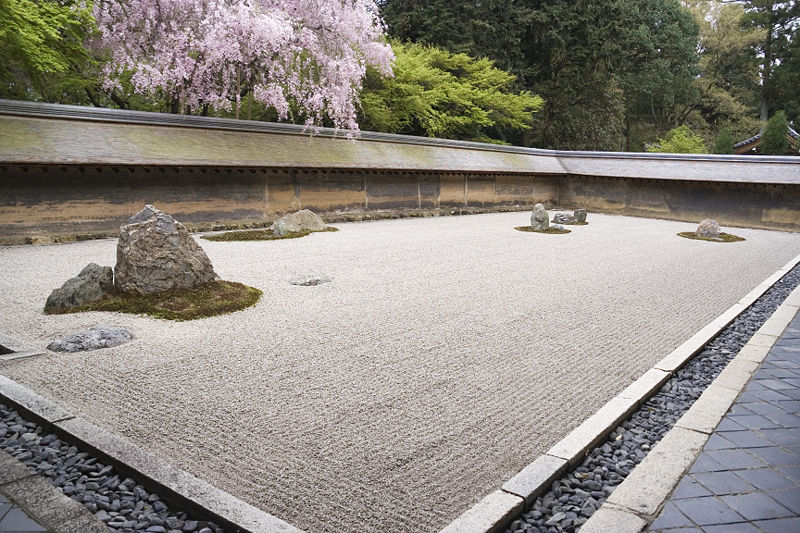Japanese Style Gates
Japanese iron gates are very simple, but attention to detail and intricacy has to be incorporated into the design and manufacture. For the gates paint coating, neutral palettes such as black, white and grey are common, as well as the use of natural color schemes such as greens or browns.
Japan’s style is simplistic, therefore the use of symmetrical lines and squares are often used to create a minimalist look. Additional iron decor such as Japanese symbols, flowers, and trees can be added to garden gates and railings to intensify the look
Japanese Horticulture
Most flower types will compliment a Japanese style garden, but the use of flowers, shrubs and trees originating from Japan will create the perfect oriental garden.
The ‘Japanese Pieris’ is an evergreen shrub perfect for creating the ‘oriental garden’ look. The dark foliage and fragrant flowers compliment their surroundings and in cold weather, the leaves turn a beautiful bronze color.
What could be more fitting to your new oriental garden that the symbol of Japan and the cherry blossom. For years the Japanese people have enjoyed these beautiful tress, and luckily, we can also enjoy them by easily purchasing small blossoms from local garden centres. Cherry blossoms are to be kept away from humid climates, and water logged soil, so positioning this tree correctly is key for growth.
Adding ‘Zen Rocks’
The Japanese rock garden, or ‘zen garden‘ is a miniature styled landscape made with carefully composed arrangements of rocks, water features, moss, pruned trees and bushes and gravel or sand strategically raked to represent ripples in water. Rock gardens existed in Japan since the Heian Period (784-1185), and where created to be seen from a single viewpoint outside the garden for meditation purposes.
There are certain rules for placing the rocks in the garden, and it was said that if these rules are not followed, misfortune would be created for the garden owner. Don’t get too worried though, the rules aren’t so difficult:
- All stones must have their best sides showing to the view point
- If the stones top is not pleasing to the eye, it should be placed so as to give prominence to its side
- There should always be more horizontal stones than vertical ones
- If there are stones that lean, there must be a stone or stones to support it
- If there are ‘running away’ stones, there must be ‘chasing’ stones
- When creating mountains, igneous volcanic rocks can be used

